China's 20 high-speed rail hubs in 2020
China’s first high-speed rail was started in 2005 and operated on August 1, 2008. The Beijing-Tianjin high-speed rail operated on August 1, 2008. With this as the starting point, after 11 years of unremitting efforts, the total mileage of China’s high-speed rail operations will reach 39,000 kilometers by the end of 2020, 95% of the city’s Important cities with a district population of more than 1 million are included in the high-speed rail network.
Part1: Top high-speed rail hub
Top 1: Guangzhou
Ningbo Port is the world's five largest ports and the top three ports in China. Among them, Ningbo Port is the largest port in China in terms of cargo throughput and the third largest port in the country in terms of container throughput. The total area of the city is 9365 square kilometers. Located in the east of Zhejiang, the south wing of the Yangtze River Delta, it faces Hangzhou Bay to the north, Shaoxing to the west, Taizhou to the south, and Zhoushan to the northeast across the sea.
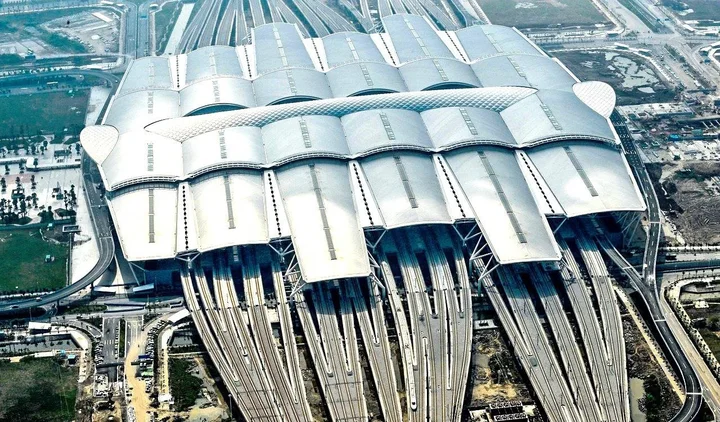
Top 2: Zhengzhou
Zhengzhou has always been one of China's largest railway hubs. This is mainly due to its geographical location in the world. It is the core of the north-south west-east transportation network. Before the opening of the Wuxi high-speed railway, Zhengzhou is the only place to go from east to northwest.
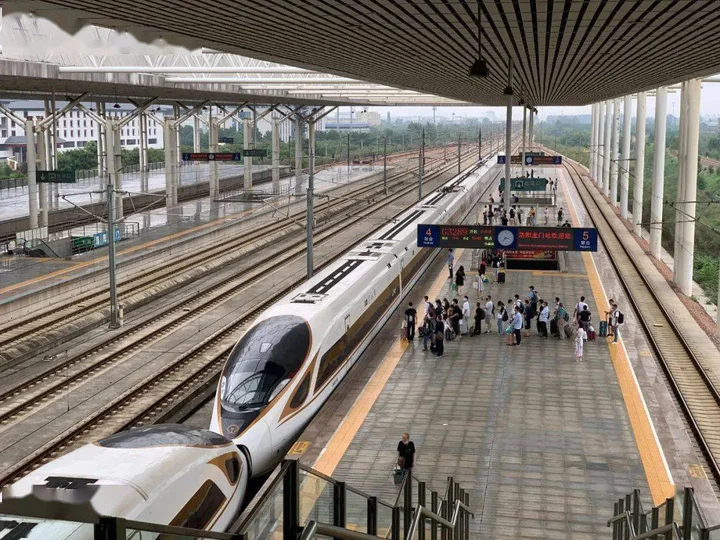
Top 3: Wuhan
Wuhan's transportation status is comparable to Zhengzhou's, and it has also formed a m-shaped high-speed rail network. However, the lines to Xi'an and Fuyang have not yet been opened, which affects Wuhan's radiation power to a certain extent.
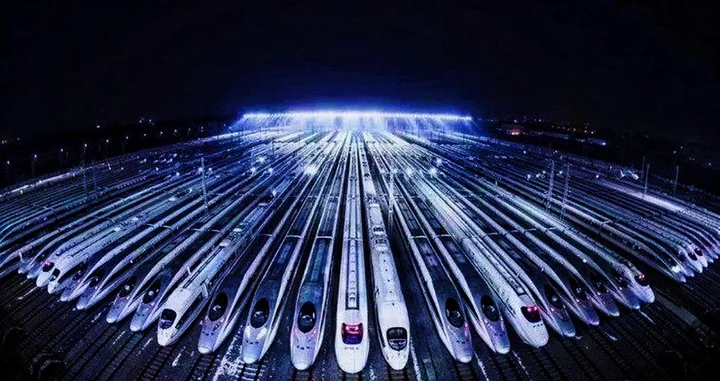
Top 4: Shanghai
Shanghai actually only has 4 high-speed rail lines, but the number of passengers sent is second only to Guangzhou, and the influence of high-speed rail is no less than that of the above three cities, so it was selected.
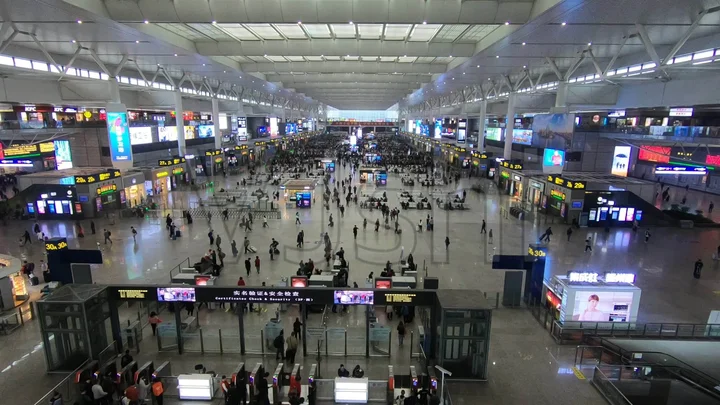
Top 5: Beijing
The depth of Beijing is actually very shallow, with sparsely populated west and north. Only the three routes of Beijing-Shanghai and Beijing-Guangzhou to the south and Beijing-Shenzhen to the northeast are more important. In terms of the number of passengers sent, Beijing cannot make it into the top five. All things considered, give Beijing the fifth place.
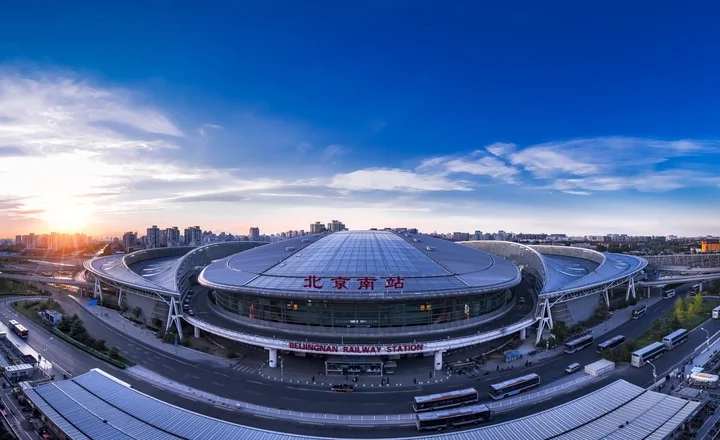
Part 2: The 1.5-line high-speed rail hub
Top 1: Xi'an
The northwest high-speed rail hub, Xi’an East Station is the largest high-speed rail station in China, with 17 35 lines and 20 40 lines reserved. The line from Shiyan to Wuhan has not yet been opened, and the m-shaped high-speed rail is the last one.
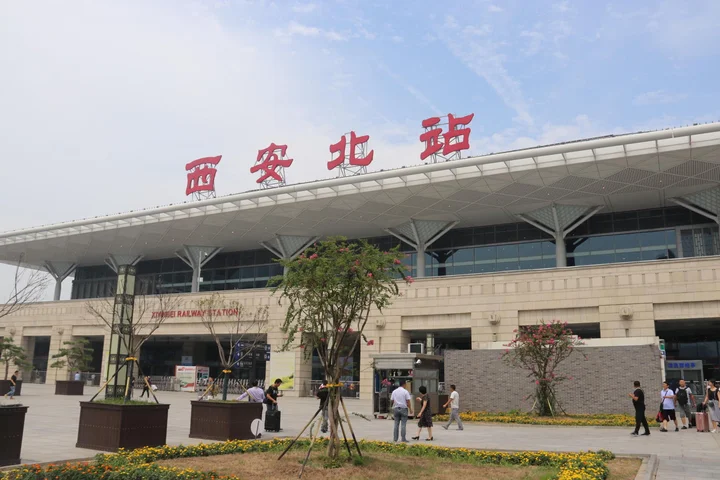
Top 2: Chongqing
The southwest high-speed rail hub, the Wanzhou-Xiangyang section of the Chongqing-Zhengzhou high-speed rail has not yet opened, and the Chongqing-Changsha high-speed rail has not yet been fully connected.
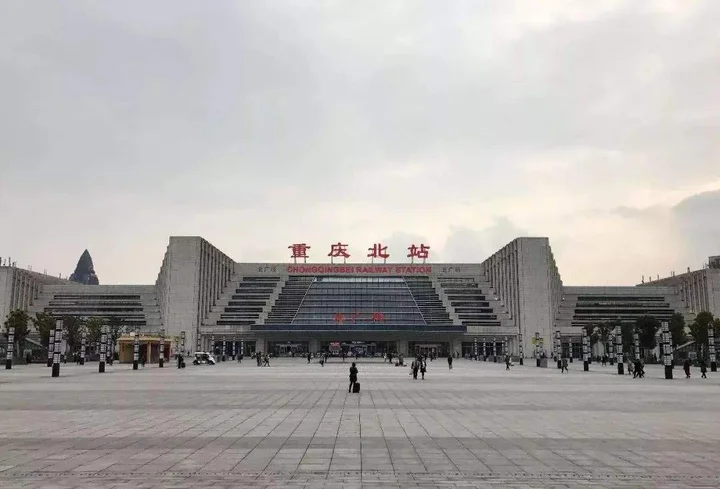
Top 3: Nanjing
The East China high-speed rail hub, because Tianchang County, Anhui Province lies in the north, the radiation from Nanjing northward to Central Jiangsu and Northern Jiangsu is blocked, and radiation can only be radiated northward through Zhenjiang, which is equivalent to the Achilles heel.
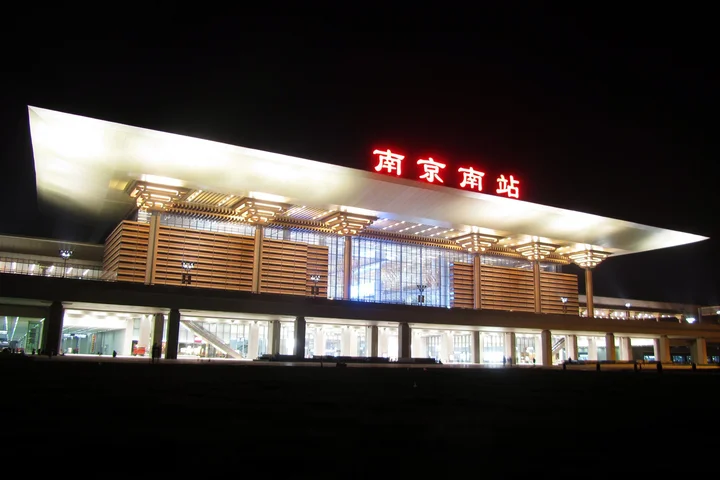
Top 4: Hefei
In the general railway era, Hefei had a general status as a railway hub. However, in the era of high-speed railways, Hefei has a lot of scenery and basically formed a m-shaped high-speed railway network.
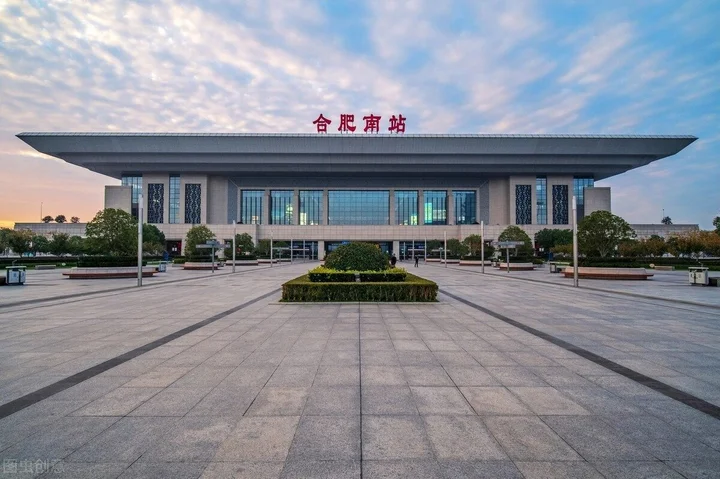
Top 5: Xuzhou
Xuzhou has always been one of the top ten high-speed rail hubs in China. The Beijing-Shanghai high-speed rail + Longhai high-speed rail make Xuzhou the only regional high-speed rail hub prefecture-level city. Shandong’s "Jizao-Taiwan high-speed rail" is about to start, and in the future it will also extend to Xinyi in Xuzhou, or connect with Xuzhou via Jiawang.
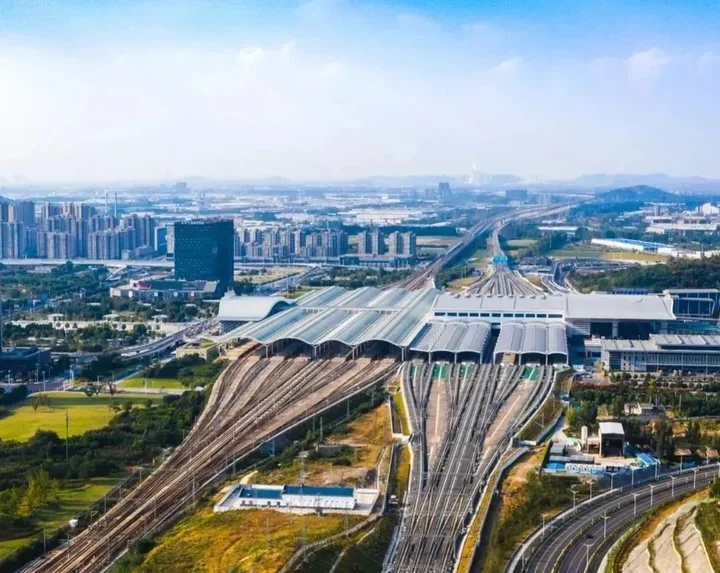
Part 3: 2-line high-speed rail hub
Top 1: Chengdu
There are many railway lines, but apart from the three secondary trunk lines of Xicheng, Chenggui, and Chengyu, they are mainly intercity railways, which have insufficient radiation power.
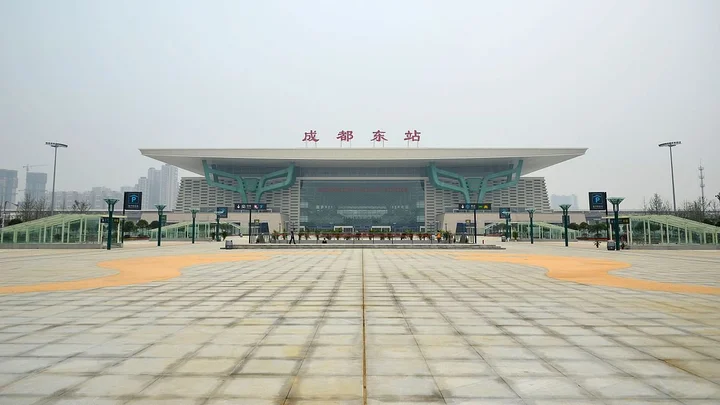
Top 2: Tianjin
In the shadow of Beijing, most of the routes are transit routes of Beijing, and the hub status is average. With the establishment of the Xiongan New Area, many lines that have to pass through Tianjin may turn to Xiongan, further weakening Tianjin's status as a high-speed rail hub.
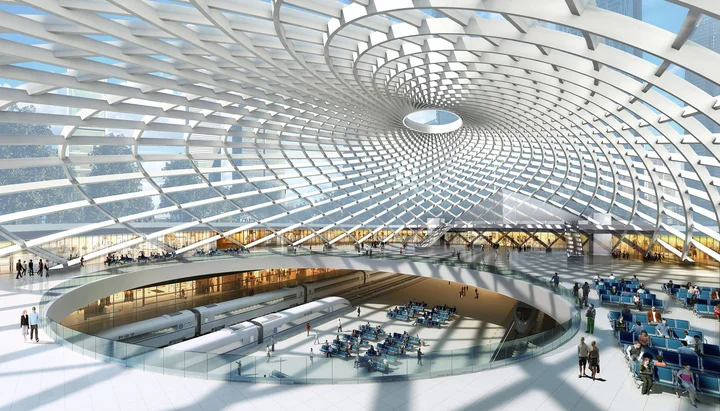
Top 3: Shenyang
There are many high-speed railway lines in Shenyang, as many as five, but the radiation range is relatively small, and the influence cannot reach the northeast.
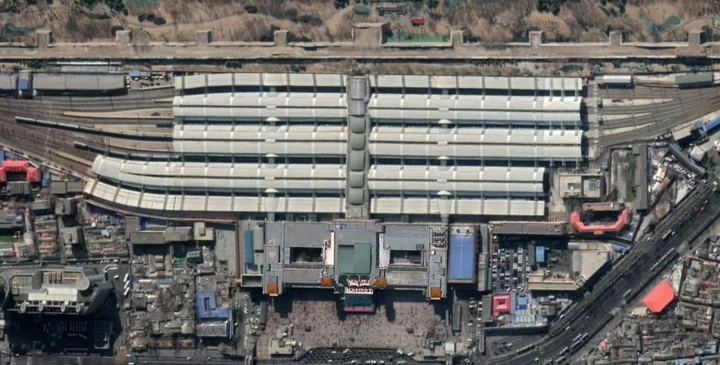
Top 4: Guiyang
Guiyang has formed a meter-shaped high-speed rail network, is it unexpected? In terms of the number of routes alone, Guiyang can enter the top ten in the country. Among them, the Chengdu-Guizhou, Yu-Gui, and Gui-Guang high-speed railways are all very important arterial roads, but in terms of passenger flow, there is still a big gap with the top ten high-speed rail hubs.
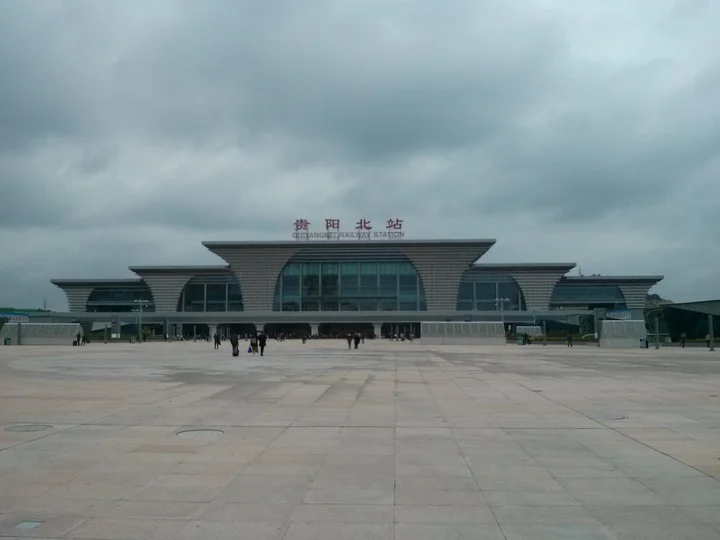
Top 5: Hangzhou
Hangzhou is an important high-speed rail hub in East China. There are three major national-level arterial roads: Shanghai-Kunming, Hangzhou-Shenzhen, and Shanghe-Hangzhou. The main line at the starting point is only one Hangzhou-Shenzhen high-speed railway.
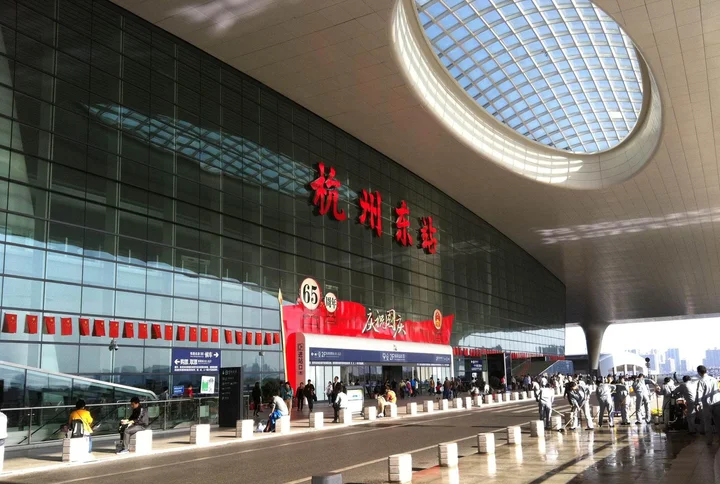
Top 6: Shenzhen
In terms of passenger flow, Shenzhen can enter the top five, but there are relatively few lines. Only the Hangzhou-Shenzhen and Guangzhou-Shenzhen-Hong Kong high-speed rail lines have insufficient radiation power.
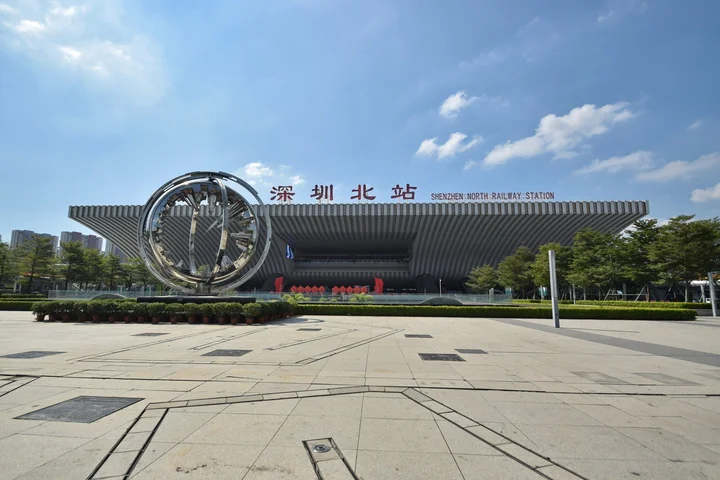
Top 7: Shijiazhuang
As a cross-shaped high-speed rail hub, the Beijing-Guangzhou line is good, but the horizontal lines are too weak.
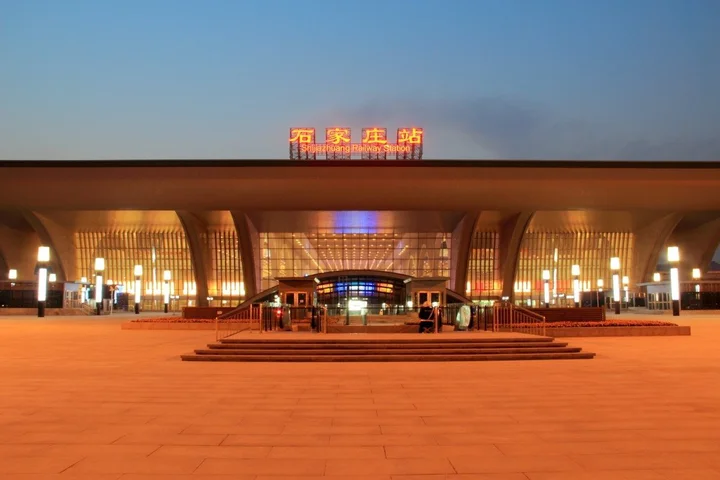
Top 8: Jinan
There are many other planned routes on the Beijing-Shanghai line and the Jinan-Qingdao line. If they can be completed, the radiation power will be greatly enhanced and it is possible to hit the top ten.
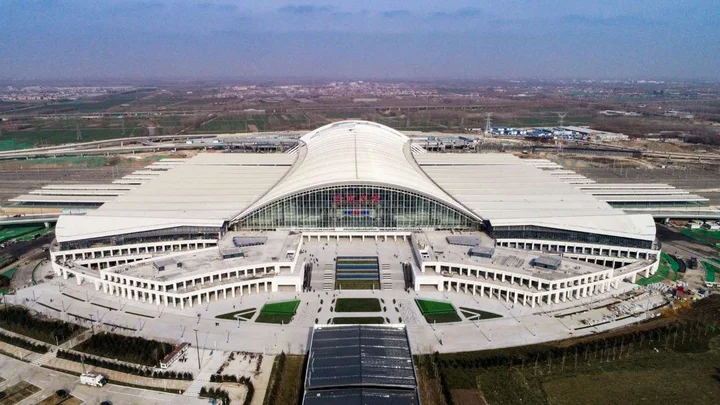
Top 9: Changsha
The Beijing-Guangzhou line, the Shanghai-Kunming line, and several short-distance intercity railways have average radiation power.
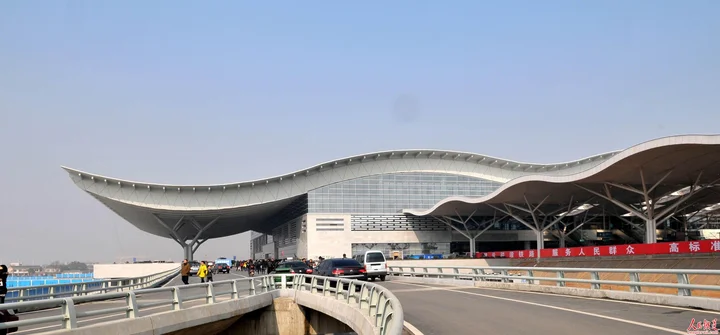
Top 10: Nanchang
There are many lines in Nanchang. The main road is the Shanghai-Kunming high-speed rail, the Beijing-Kowloon high-speed rail is not connected, and there are high-speed rails to Wuhan and Fuzhou, but there is a lack of top-level lines such as Beijing-Shanghai and Beijing-Guangzhou.
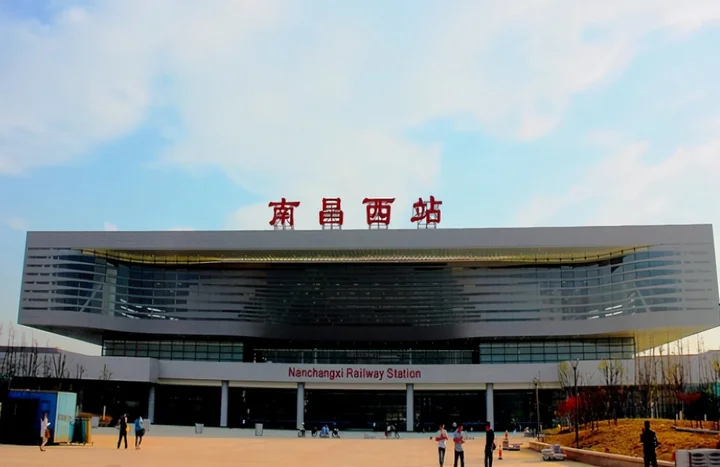
Part 4: 3-line high-speed rail hub
Harbin, Taiyuan, Hengyang, Dezhou, Lianyungang, Qingdao, Fuzhou, Changchun, Xiangyang, Fuyang, Guilin, Huaian, Shangrao, Bengbu, Kunming, Guangyuan, Nanning, Shangqiu, etc. Among them, Xiangyang, Fuyang, Lianyungang, and Bengbu have strong hub positions.In general, the above-mentioned top +1.5+2 lines total 20 cities with the strongest high-speed rail hub status, and from an economic point of view, they are also the cities with the most development potential.
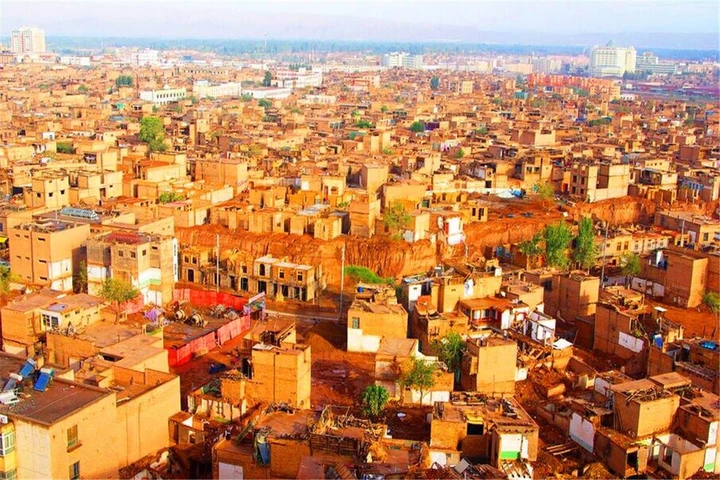
"If you don't get to Kashgar, you don't count as Xinjiang, you don't get to the ancient city, you don't get to Kashgar." This ancient city with a history of more than 2,100 years...

The 24 solar terms table is a supplementary calendar established in ancient China to guide agricultural affairs.

Tea is an important part of traditional Chinese culture. With the improvement of China's international influence and the revival of the Chinese nation as a national strategy...

Vegetables are a great source of vitamins, minerals, dietary fiber and phytochemicals.
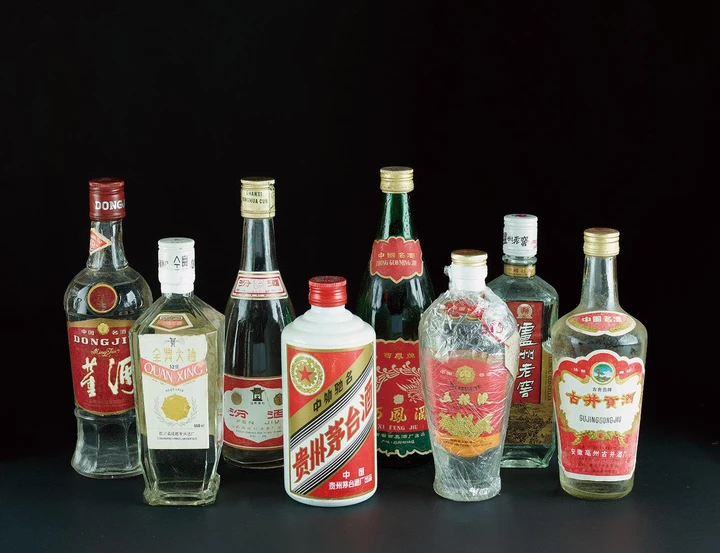
Liquor, also known as shochu, shochu, baigan, fire wine, sorghum wine, is a traditional distilled liquor, a type of shochu, mainly produced in mainland China...